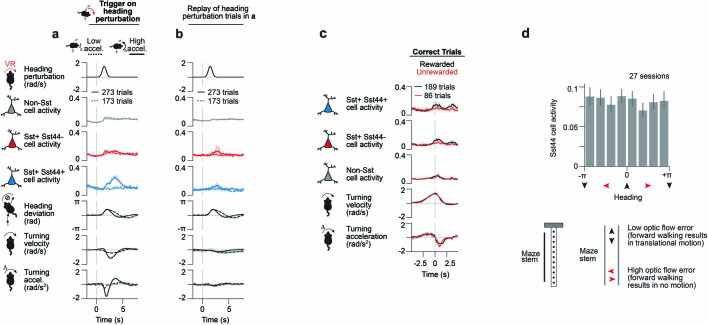Extended Data Fig. 10. Sst44 cell activity during visual playback, reward omission and unexpected optic flow.
a–b, Visual playback of heading perturbations does not induce strong Sst44 cell activity in PPC. a, Fig. 6g reproduced for comparison. 8 mice, 16 sessions. b, Sst44 cell activity in response to visual playback of the same heading perturbation trials shown in a. 5 mice, 16 sessions. Mice in b were trained to run on a virtual linear track before being presented with the visual playback. Wilcoxon rank-sum test across trials, Sst44 cell activity solid line panel a vs b: p = 4e-13, solid vs dashed line panel b: p = 0.3. Activity averaged over 2.5 to 4.5 s relative to 0 to 1 s was used for statistical tests. Turning velocities and accelerations refer to ball movements, not virtual movements that also include the heading perturbation. c, Low contribution of reward expectation error to Sst44 cell activity. We omitted rewards on 20% of correct trials and added a reward on 20% of incorrect trials. Incorrect trials are not shown because there were too few trials after selecting for similar turning velocity. Activity and turning behaviour split by whether the mouse was rewarded or not. We selected trials where turning velocity was similar to the unrewarded trial mean (cosine similarity > 0.8, using the same window as in the plot) in order to minimize contributions from behavioural differences. Heading deviation is not shown because the screen is dark when the trial ends and the reward is delivered. 4 mice, 6 sessions. d, Sst44 cell activity is inconsistent with a response to an error in expected visual flow. Sst44 cell activity as a function of heading within the maze stem. Within the stem, the walls are always oriented north-south, meaning that running north or south is equivalent to running parallel to the wall, and running east or west is equivalent to running directly into the wall. When running into the wall, visual flow is expected but not received, which should generate an error in the expected visual flow. Samples in each bin were matched for pitch ball velocity to control for expected visual flow. 7 mice, 27 sessions. Mean and bootstrapped 95% confidence intervals are shown.

